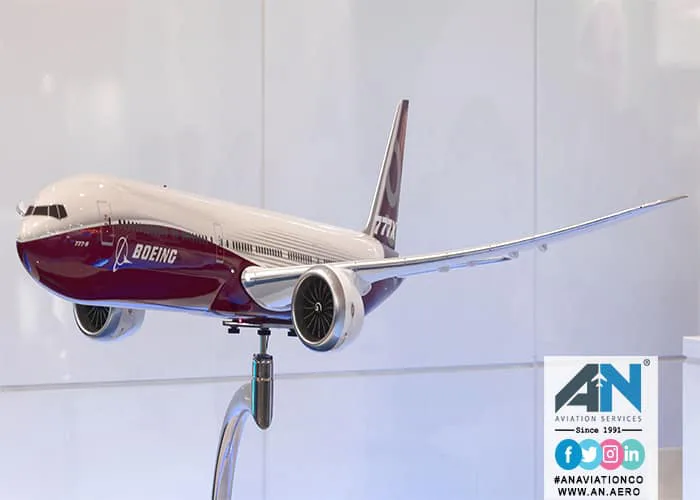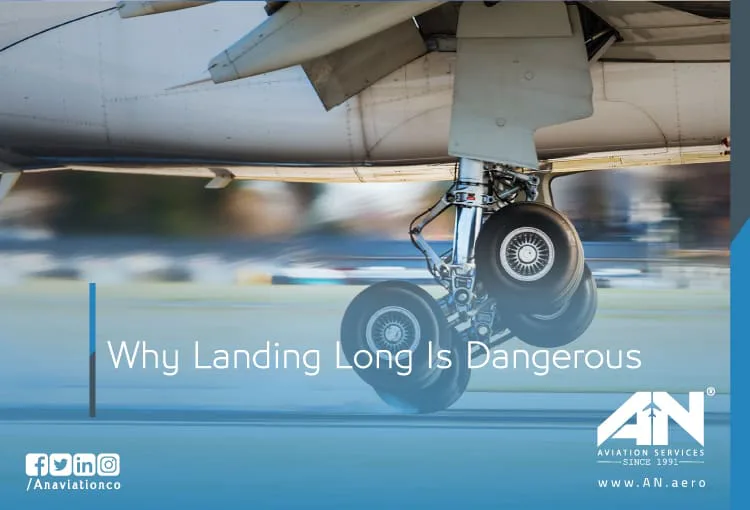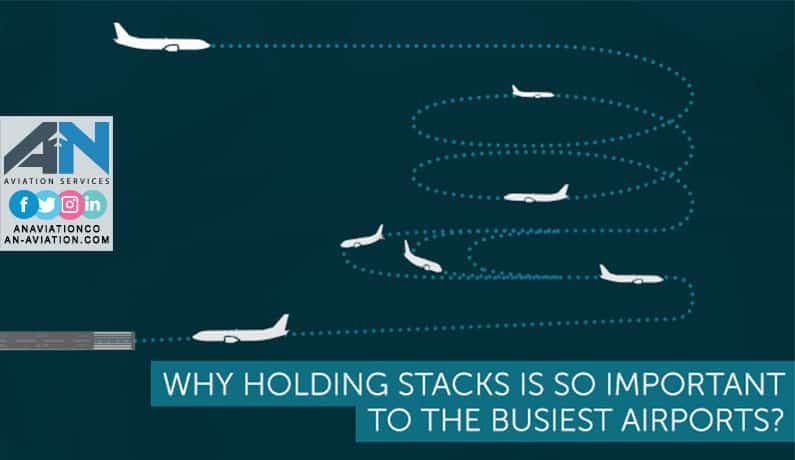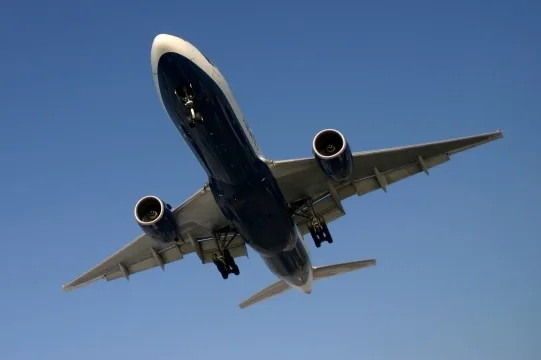
The Pilot in Command (PIC) holds one of the most crucial roles in aviation, entrusted with the responsibility and authority over the operation and safety of the aircraft. Whether in a commercial, private, or emergency flight setting, the Pilot in Command is ultimately responsible for the lives on board, the aircraft itself, and the adherence to aviation regulations. This role is not simply about manipulating the controls; it is about making critical decisions, ensuring operational safety, and taking charge during emergencies.
In this blog post, we’ll delve into the unique duties and responsibilities of the Pilot in Command, what it means to have final authority over an aircraft, and why the PIC is central to flight safety.
What is a Pilot in Command?
The Pilot in Command (PIC) is the pilot responsible for the operation of the aircraft from the moment it starts moving on the ground until it stops at the end of the flight. This role is defined by the International Civil Aviation Organization (ICAO) and regulatory authorities worldwide, recognizing the PIC as the ultimate decision-maker for all aspects of the flight.
The PIC can be the captain in a commercial airline setting or any licensed pilot flying under private pilot regulations. Regardless of the context, being designated as the Pilot in Command carries with it specific responsibilities that must be taken seriously. The PIC’s authority extends across flight rules, safety regulations, and emergency procedures, and they are obligated to prioritize flight safety above all else.
The Responsibilities of a Pilot in Command
The primary responsibility of a Pilot in Command is to ensure the safety of the aircraft, its passengers, crew, and any cargo on board. This responsibility encompasses various aspects, from pre-flight checks to in-flight decision-making and post-flight procedures. The PIC is responsible for complying with aviation laws and regulations, both domestic and international, and for assessing the flight environment to make informed, safety-first decisions.
One key duty of the PIC is to conduct thorough pre-flight inspections. This involves verifying the aircraft’s condition, fuel levels, weather conditions, flight path, and any other factors that could impact the flight. If there is any doubt about the aircraft’s airworthiness or weather suitability, the PIC has the authority to delay or cancel the flight until all conditions are deemed safe. Once airborne, the PIC monitors the aircraft’s performance and handles navigation, communication with air traffic control, and adherence to flight time limits as mandated by regulations.
The PIC is also responsible for making split-second decisions during emergencies. If an emergency requiring immediate action arises, such as engine failure, severe turbulence, or sudden health issues among passengers or crew, the PIC has the authority to deviate from standard procedures to prioritize safety. These decisions must be reported post-flight, explaining the reasons for any deviation from normal operations.
Final Authority: What Does it Mean for the Pilot in Command?
The concept of final authority is central to the role of the Pilot in Command. In aviation, the PIC has the ultimate say over all aspects of the flight, even if there are other qualified crew members on board. This level of authority is necessary due to the high-stakes nature of flying and the need for decisive action in critical moments.
Having final authority means the PIC can override any decision or suggestion that they believe could jeopardize the safety of the aircraft or passengers. This responsibility can be challenging, especially in commercial settings where there are multiple stakeholders, including co-pilots, flight attendants, and sometimes even passengers. However, the PIC is empowered by both national aviation authorities and the International Civil Aviation Organization to make the final call on all matters related to the operation of the flight.
For example, if a co-pilot suggests a route adjustment to avoid turbulence, but the PIC believes this would compromise the safety of the flight due to fuel limitations or other factors, the PIC has the authority to reject that suggestion. Ultimately, the PIC is accountable for these decisions, both legally and professionally.
Ensuring the Operation and Safety of the Aircraft
The operation and safety of the aircraft are the PIC’s primary concerns, covering every stage of the flight. Before the flight, the PIC performs a comprehensive check of all emergency equipment to ensure everything is functional and accessible. This pre-flight assessment includes checking the exit doors, window exits, oxygen supplies, and communication devices.
During the flight, the PIC constantly evaluates the aircraft’s performance, monitoring altitude, speed, fuel consumption, and weather conditions. This ongoing assessment ensures the flight adheres to flight rules and makes adjustments as needed. For long-haul flights, where conditions can change drastically mid-flight, this level of vigilance is crucial to maintaining flight safety.
The PIC is also responsible for managing the crew to ensure that everyone is aligned with safety protocols. For instance, during turbulence, the PIC must ensure that both passengers and crew are properly secured and that any loose items are stowed. Communication is key here, and the PIC must keep the crew informed of potential safety issues while also addressing any concerns from passengers.
In a scenario where the weather deteriorates unexpectedly, the PIC must decide whether to continue to the intended destination or to divert to an alternate airport. This decision often requires weighing multiple factors, including fuel levels, passenger comfort, and the availability of airport facilities. Such decisions underscore the PIC’s responsibility to make choices that maintain the safety and operation of the aircraft, even if it disrupts the planned itinerary.
Authority in Emergencies
In the rare instance of an in-flight emergency, the Pilot in Command has the authority to make rapid decisions, even if it means deviating from standard protocols or assigned flight paths. In these high-pressure situations, the PIC’s training, experience, and judgment are put to the test.
A key aspect of the PIC’s authority during emergencies is the ability to prioritize actions that will prevent loss of life and minimize risk to the aircraft. For example, in the event of a medical emergency on board, the PIC might request clearance to land at the nearest airport, regardless of the scheduled destination. In more severe cases, such as mechanical failures, the PIC may need to execute an emergency landing or coordinate with air traffic control for an expedited approach.
In these moments, the PIC has the legal authority to act independently. After the emergency is resolved, the PIC is required to report the incident and document any decisions that deviated from normal procedure, explaining why such actions were necessary. This accountability reinforces the seriousness of the PIC’s authority and responsibility in maintaining flight safety.
The Importance of Experience and Training
Becoming a Pilot in Command is a significant milestone in a pilot’s career, and it requires a combination of rigorous training, accumulated flight time, and demonstrated expertise. Most commercial airlines require pilots to have extensive experience before they can be considered for a PIC position, as this role demands advanced skills in both technical flying and decision-making.
Training for a PIC position includes both theoretical knowledge and practical scenarios that prepare pilots for a range of situations. This training is not a one-time event but is continually updated throughout a pilot’s career. Airlines and regulatory bodies mandate regular refresher courses to ensure that PICs are well-prepared for evolving safety protocols and emergency procedures.
This continuous training ensures that every PIC remains proficient, ready to handle unexpected situations, and committed to upholding the high standards of safety expected in the aviation industry.
Conclusion: The Critical Role of the Pilot in Command
The Pilot in Command is the backbone of any flight, bearing the responsibility for the operation and safety of the aircraft. From pre-flight checks to managing in-flight emergencies, the PIC is entrusted with the authority to make decisions that prioritize the well-being of everyone on board. This role requires not only technical skill and experience but also a strong sense of responsibility and the ability to remain calm and decisive under pressure.
In the end, the final authority that comes with the PIC role is both empowering and demanding. It is a position that requires continuous learning, self-discipline, and a commitment to safety, making it one of the most respected roles in aviation. For anyone interested in pursuing a career in aviation or gaining a deeper understanding of the responsibilities involved, the role of the Pilot in Command is a profound example of the dedication and accountability that defines aviation professionals.
















